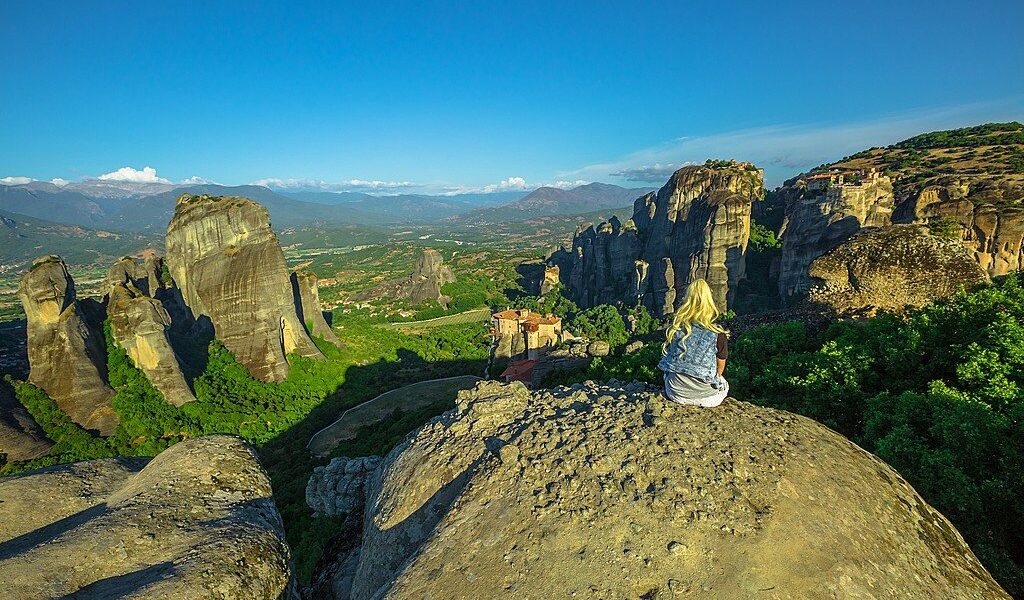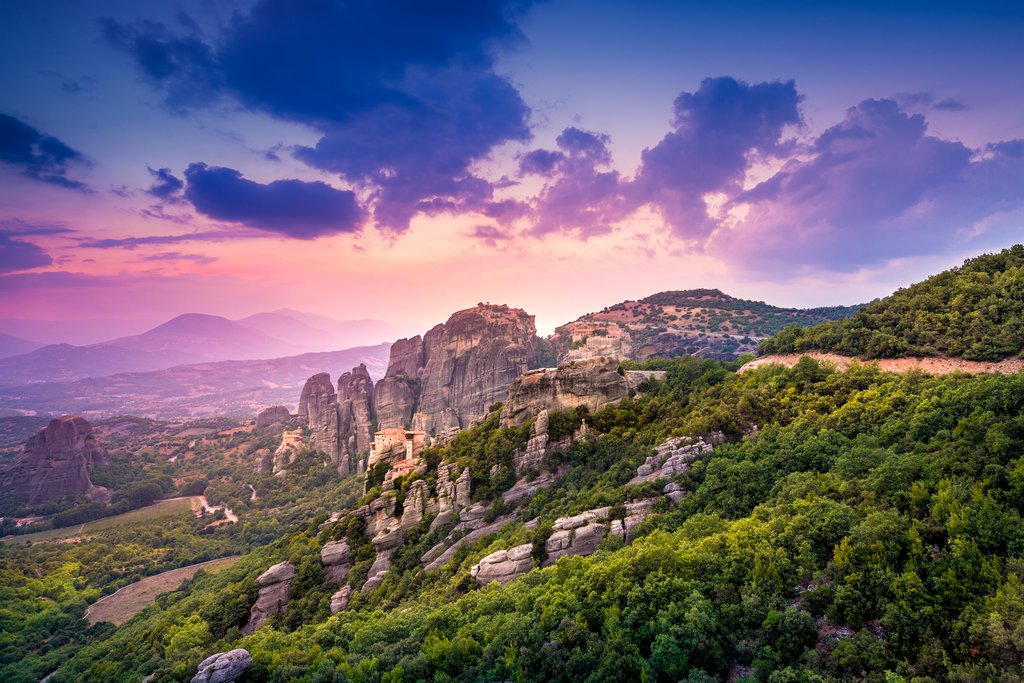
The singular mountain region of Meteora, in central Greece, is justifiably a UNESCO World Heritage Site—but it’s also a center for adventure activities. Use this comprehensive insider’s guide to plan your ideal Meteora itinerary.
## Discovering the Mystical Majesty of Meteora
While the sun-kissed islands of Greece often steal the spotlight, the mainland holds its own treasures, including geological wonders that inspire awe and wonder. Among these, none is more captivating than Meteora, a truly unique destination nestled within the rugged **Pindos Mountains** of **Thessaly**. This region is characterized by its breathtaking landscape of monolithic sandstone pinnacles that rise dramatically from the plains, each crowned by medieval monasteries that seem to defy gravity.
These imposing formations are reminiscent of something plucked straight from the pages of a fantasy novel, a land of giants and ancient secrets. Just gazing upon them is a compelling reason to embark on a journey to this remarkable place. However, Meteora offers far more than just stunning vistas. It’s a haven for outdoor enthusiasts, boasting hidden caves waiting to be explored, thrilling whitewater rafting opportunities, challenging rock-climbing routes, and a network of scenic hiking and cycling trails that wind through picturesque landscapes, even meandering through sun-drenched vineyards. At the foot of these towering mountains lies the charming town of **Kalambaka**, a perfect base for your Meteora adventure. **Kalambaka** provides a welcoming atmosphere, offering a wide array of hotels, restaurants, and bars, ensuring there’s something to satisfy every traveler’s taste and preference.
## Planning Your Meteora Escape
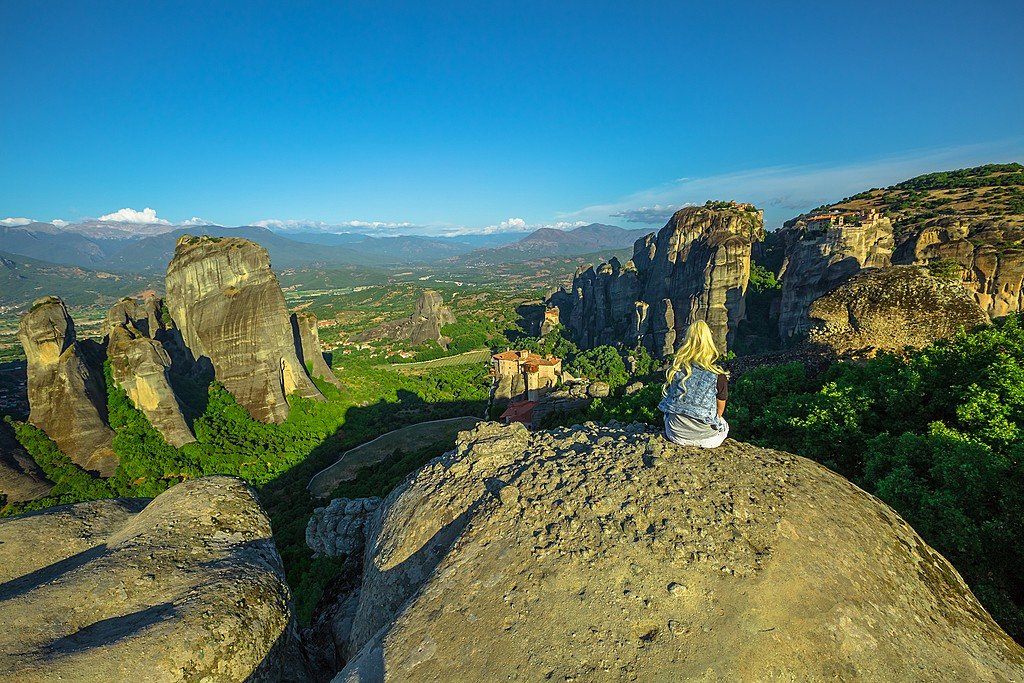
Most visitors are drawn to Meteora by the majestic pinnacles and the monasteries perched precariously on their summits. These monasteries, constructed from the 14th century onwards, were sanctuaries for monks seeking ultimate seclusion and a life dedicated to spiritual contemplation. Their existence is a testament to human ingenuity and devotion. While the monasteries are undoubtedly a highlight, it’s essential to recognize that Meteora’s appeal extends far beyond these iconic structures. To fully immerse yourself in the diverse experiences Meteora offers, it is recommended to dedicate at least two days to your visit, although an extended stay of three or four days is ideal, allowing you to truly absorb the essence of this extraordinary destination.
Of the original 24 monasteries that once thrived in the region, only six remain active today, yet they graciously welcome visitors from all corners of the globe. You don’t need to visit every monastery to appreciate the spiritual and architectural grandeur of the site. Selecting two or three, particularly if your time is limited, will provide a representative experience. Accessing the monasteries is relatively easy, thanks to a well-maintained road that winds its way up the cliffs, granting access to various viewpoints that offer breathtaking perspectives of the surrounding landscape.
For travelers with a passion for physical activity and exploration, Meteora presents a wealth of opportunities. Steep, yet rewarding, hiking trails meander through the canyons and rise to meet the base of the pinnacles, eventually leading to the “heavenly” structures above. The very word “Meteora” encapsulates this feeling, translating to “suspended in the sky,” an apt description of the monasteries’ ethereal presence. For serious hikers with a few days at their disposal, a seven-mile trail can be pieced together, connecting several monasteries and offering a comprehensive exploration of the area’s natural and cultural wonders. Alternatively, cycling around the area allows you to cover more ground while still enjoying the fresh air and stunning scenery.
If you crave more adrenaline-pumping activities, Meteora offers exhilarating rock-climbing experiences. Numerous climbing routes have been established, catering to various skill levels. Local operators offer guided rock-climbing outings, even for beginners, along with organized hiking and bicycling excursions. For a thrilling family adventure, consider a rafting trip on the **Ionas River**, an activity that promises laughter and excitement against the backdrop of Meteora’s dramatic scenery. To delve further into the region’s history, make time for a visit to **Theopetra Cave**, a significant archaeological site that provides valuable insights into the area’s prehistoric past.
Food enthusiasts will be delighted by the opportunity to participate in a unique truffle-hunting excursion, organized by local museums in Meteora. The target of these hunts is the highly prized *Tuber magnatum* truffle, a delicacy found in the area’s oak forests and a culinary highlight of regional menus. Imagine the satisfaction of having a local chef prepare a delectable truffle pasta dish using your own foraged bounty, paired perfectly with a locally produced wine. Meteora’s favorable microclimate and fertile soil have fostered the growth of several vineyards, such as **Theopatra Estate**, which warmly welcomes visitors for tours and tastings.
Meteora’s location makes it an ideal addition to a more extensive exploration of Greece.
## Journeying to Meteora
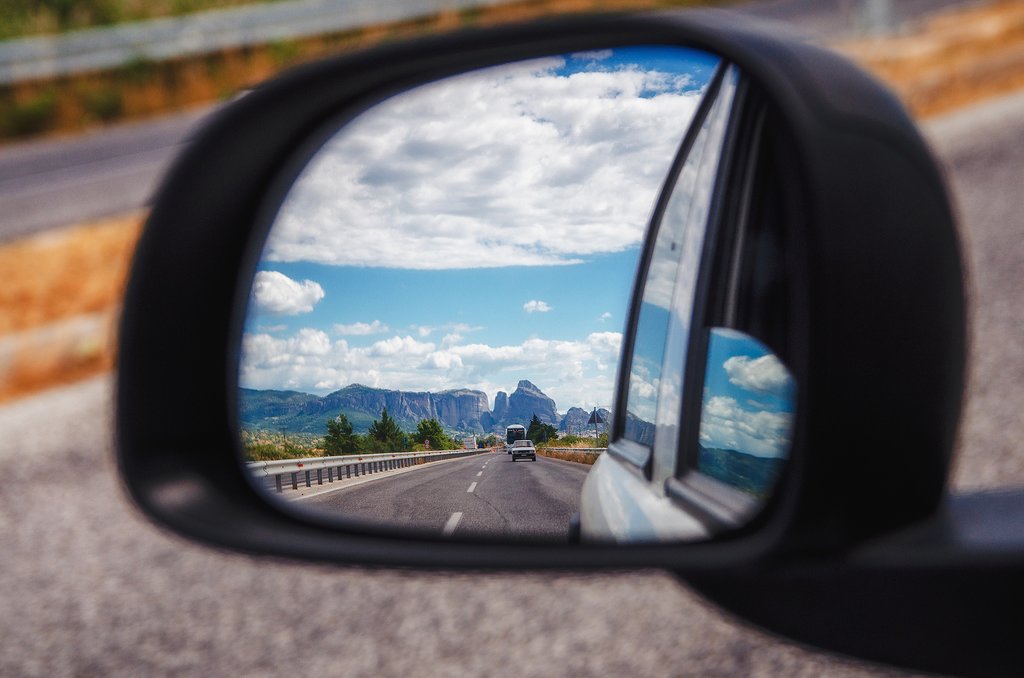
### By Car
Whether you are being chauffeured by a private guide or embarking on a self-drive adventure from **Athens**, the starting point is highway E75, heading north. It’s advisable to avoid traveling during rush hour to minimize potential delays. From the E75, transition onto the E65 towards **Lamis** and **Domokos**, carefully following the road signs directing you to **Karditsa**, then **Trikala**, and finally **Kalambaka**, the gateway town to Meteora. The journey from **Athens** is approximately 225 miles and typically takes around four hours. If you’re navigating independently, a GPS device is highly recommended, as many road signs in the region are displayed in Greek, rather than English.
### By Train
For a convenient and relaxing journey between **Athens** and Meteora, consider taking the train. The journey typically lasts around five hours, departing from **Larissa Station** in **Athens**, accessible via the red Metro line. Four trains depart daily for **Kalambaka**, offering either direct service or requiring a change at **Paleofarsalos**. Booking your tickets in advance is highly recommended, especially during weekends and holidays, as trains tend to sell out quickly.
## The Monasteries of Meteora: A Spiritual Ascent
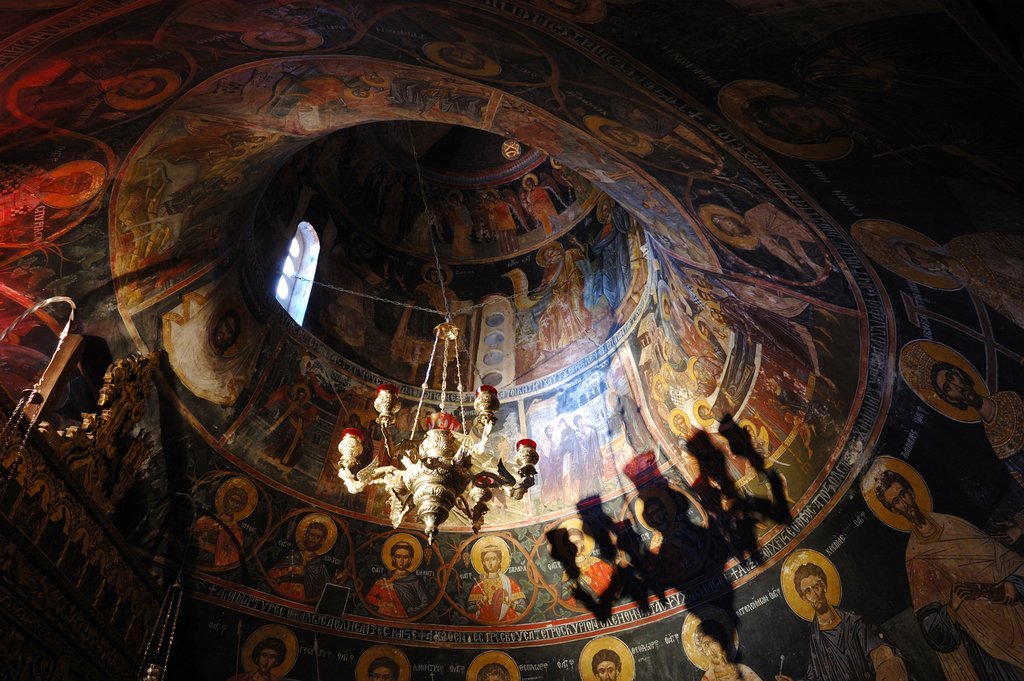
Each of the six Greek Orthodox monasteries that are open to the public possesses its own distinct character and architectural style. Some are simple, unadorned structures constructed from wood and brick, with modest furnishings. Others are adorned with elaborate Byzantine frescoes and feature exhibition rooms that showcase religious artifacts and historical treasures. None of the monasteries offer guided tours independently, making it highly advantageous to engage the services of a local guide. A knowledgeable guide can offer valuable insights, historical context, and personalized recommendations, significantly enhancing your overall experience. They will also provide a deeper understanding of the cultural heritage and spiritual significance of Meteora.
Given that all the monasteries are perched atop towering cliffs, prepare yourself for climbing a considerable number of steps. It’s important to be aware of the dress code enforced at the monasteries: men are required to wear long pants, women must wear long skirts, and sleeveless shirts are not permitted for either gender. However, monasteries typically provide skirts and trousers at the entrance for visitors who need them.
### Moni Agias Triados
Located immediately northeast of **Kalambaka**, the “Monastery of the Holy Trinity” traces its origins back to the 13th century. It is particularly renowned for the exquisite frescoes that adorn its 17th-century circular chapel. Reaching the monastery involves a half-mile-long trail from **Kalambaka**, followed by a climb of 140 stairs. This monastery gained international recognition after being featured in the closing scenes of the James Bond film, *For Your Eyes Only*. The stunning panoramic vistas from this location are worth the effort of the ascent.
### Moni Agias Varvaras Rousanou
Named in honor of the hermit who first established a hermitage on this site, this 16th-century monastery is now home to a small community of nuns. A short wooden bridge provides access to the monastery, and its chapel is notable for its stained-glass windows and impressive frescoes.
### Moni Agiou Nikolaos Anapafsas
Dating back to the 14th century, St. Nicholas’ Monastery is perched atop a narrow pinnacle just 800 yards north of the village of **Kastraki**. Due to the limited space, the monastery is built vertically, rising several stories high. Inside, visitors can admire important frescoes that decorate the chapel.
### Moni Agiou Steganou
Perfect for those seeking a monastery experience without a strenuous climb, “St. Stephen’s Monastery” is easily accessible via a short bridge. It is the largest monastery in Meteora, with structures built over several centuries. Today, it houses an active nunnery. During your visit, ask your guide to point out the damage caused by Nazi shelling during World War II, as the Nazis mistakenly believed the monastery was harboring resistance fighters. Its location at the end of the road, one mile south of Moni Agias Triados, makes it logical to visit both monasteries in the same outing.
### Moni Megalou Meteorou
Moni Megalou Meteorou holds the distinction of being the largest monastery in Meteora and sits atop the tallest freestanding sandstone pinnacle. Its size is attributed to Serbian Emperor Symeon Uros, who embraced a monastic life and generously donated his wealth to his new home. Although still active, with a small community of monks, the monastery features a museum and a magnificent *katholikon* (church) adorned with frescoes and a distinctive 12-sided dome.
### Moni Varlaam
Situated near Meteorou, Moni Varlaam is the second-largest monastery and is home to a functioning community of over a dozen monks. The old refectory has been transformed into a museum, and you can still view an original rope basket that was used to haul up provisions until the 1930s, providing a fascinating glimpse into the monastery’s past.
## Exploring Beyond the Monasteries
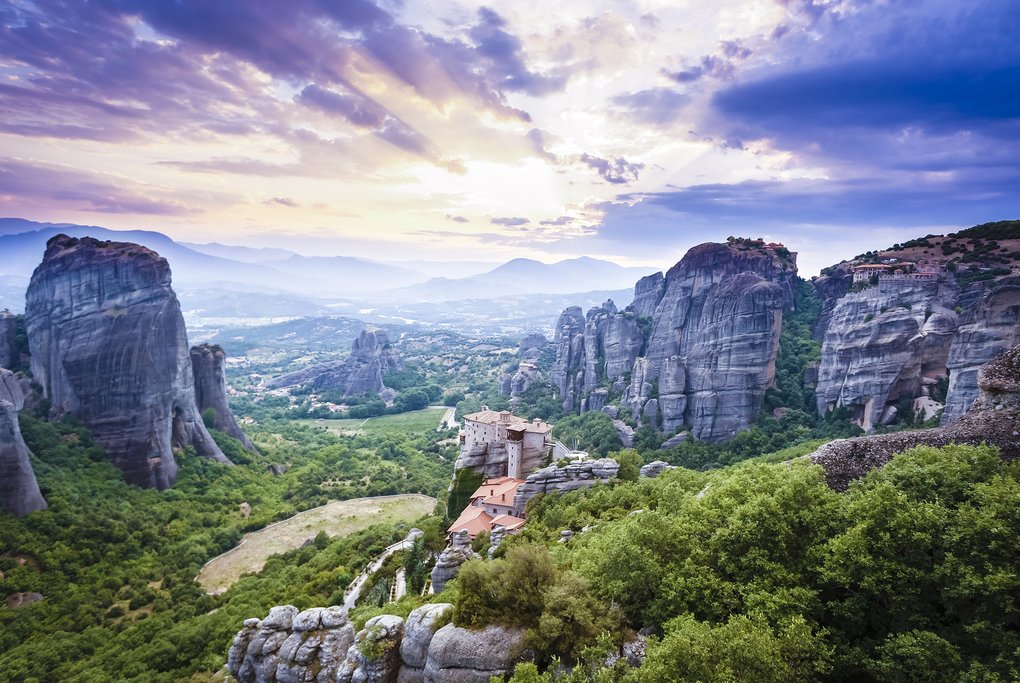
### Museums
The **Hellenic Culture Museum**, located in the heart of **Kalambaka**, is dedicated to the history of education in Greece, showcasing exhibits that trace the evolution of learning and knowledge throughout the nation’s history. The **Natural History Museum of Meteora & Mushroom Museum**, also in **Kalambaka**, exhibits examples of the region’s diverse flora and fauna. Its unique appeal lies in its collection of over 250 species of fungi, including the prized truffles. The museum also offers truffle hunts and cooking lessons, providing a hands-on experience for those interested in the culinary aspects of these delicacies.
### Viewpoints and Landmarks
**Psaropetra Lookout** is widely regarded as one of the best panoramic viewpoints in Meteora, offering sweeping vistas of the monasteries and the surrounding landscape. This roadside lookout is situated one mile north of **Kalambaka**, along the access road to the monasteries. In **Kalambaka**, don’t miss the opportunity to visit the **Byzantine Church of Theotokos (Virgin Mary)**. This small church dates back to the 7th century and features impressive 11th-century frescoes. If you are appropriately dressed, you can attend Sunday mass and experience the church’s spiritual atmosphere. Finally, just off a trail from **Kastraki**, you’ll discover **Adrachti**. This striking natural column rises from the center of a basin surrounded by stone pinnacles, creating a visually stunning and memorable landmark.
## Optimal Times to Visit
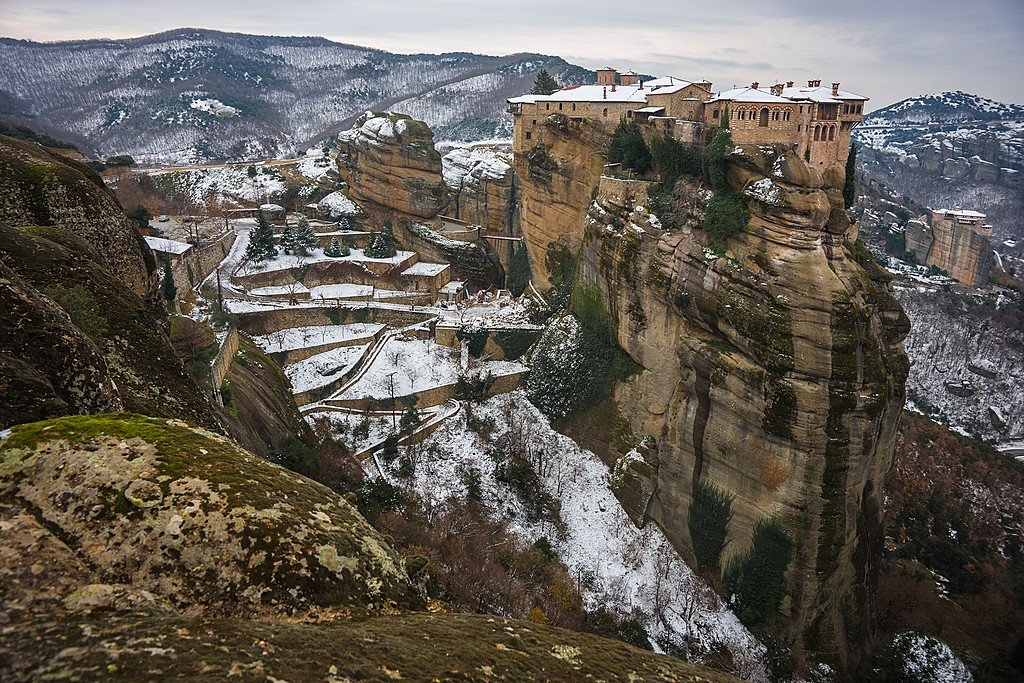
Meteora’s popularity as a tourist destination means that summer brings crowds and increased competition for hotel rooms and restaurant reservations. To enjoy a more relaxed experience, consider visiting in late spring or autumn. During these shoulder seasons, you’ll encounter fewer crowds, take advantage of lower accommodation rates, and enjoy mostly pleasant temperatures, although there is a possibility of rain, cold weather, and fog.
Winter can bring frigid temperatures, but the trade-off is even fewer crowds and the chance to witness the breathtaking spectacle of snow-capped sandstone pinnacles. It’s best to avoid national holidays, which are the busiest times of the year, and many businesses may be closed.
## Accommodation Options
Given its popularity, Meteora offers a wide range of lodging options, from family-run guesthouses exuding local charm to luxurious five-star hotels catering to discerning travelers. Most of these accommodations are conveniently located near the monasteries in the red-tile-roofed village of **Kastraki** and in the larger, more modern neighboring town of **Kalambaka**.
For stylish, modern accommodations with breathtaking views, the **Meteora Hotel**, in **Kastraki**, is an excellent choice. Its hillside swimming pool provides the perfect opportunity to relax and rejuvenate after a day of exploring the sites. The equally upscale **Divani Meteora Hotel** also features a swimming pool, along with an in-house spa complete with a Jacuzzi and a fine-dining restaurant.
For a reasonably priced family-run lodging option, **San Giorgio’s Villas**, with its ten rooms, offers an intimate ambiance, delightfully furnished rooms, and a lovely garden on the north side of **Kastraki**.
## Culinary Delights
In **Kalambaka**, be sure to visit the family-run **Meteora Restaurant** for a moussaka experience that rivals the best you’ll find anywhere in Greece. The menu features a wide variety of dishes, from classic Greek salad and stuffed bell peppers to succulent lamb in red wine with herbs.
**Gardenia Tavern**, in **Kastraki**, is also renowned for its authentic Greek cuisine. The grilled lamb chops and pork kebab are signature dishes, but be sure to start your meal with the divine *dolmadas* (stuffed vine leaves).
For a charming dining experience, check out **Restaurant Panellinio**, in **Kalambaka**. Its setting on the town square is as enchanting as the restaurant’s aged interior. The menu includes excellent *souvlakis* (grilled skewers), along with daily specials such as roasted lamb on Thursdays.
## Essential Travel Tips for Meteora
Keep in mind that there are no restaurants located at the monasteries or near the parking areas; only food stalls selling snacks and soft drinks. Plan your meals accordingly.
If you enjoy hiking but prefer to avoid the uphill climb to the monasteries, consider taking a taxi to the Agia Triada monastery and then walking downhill to **Kalambaka** on the trail. Allow approximately 45 minutes to one hour for this descent.
For capturing that National Geographic-quality photo, you’ll be spoiled for choice with numerous great viewpoints, but **Sunset Rock** is arguably the best. Try to avoid visiting during midday and aim to arrive one hour before sunset to capture the most dramatic light.
B-1052

